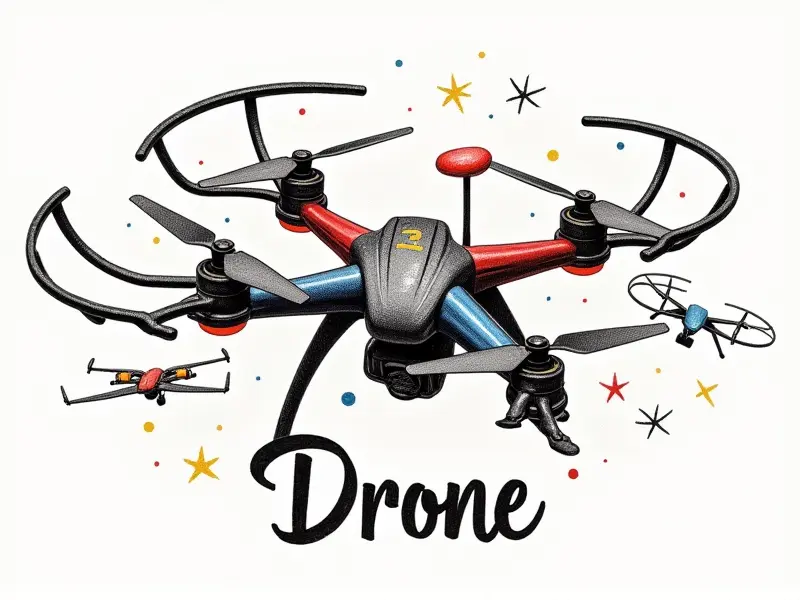What does PPM mean in RC?

Understanding PPM in RC Models
Pulse Position Modulation (PPM) is a crucial aspect of remote control (RC) models such as helicopters, airplanes, and FPV racing drones. This article delves into the significance of PPM, explaining its role in enhancing flight performance and providing optimal settings for smooth operation.
Why PPM is Crucial in RC Models
Pulse Position Modulation (PPM) plays a pivotal role in remote control models by transmitting precise signals to control various aspects of the aircraft. Whether you're flying an RC helicopter, airplane, or FPV racing drone, understanding and optimizing your PPM settings can significantly improve flight stability and responsiveness.
Understanding PPM in RC Helicopters
In RC helicopters, PPM is essential for controlling pitch, roll, yaw, and throttle. Each pulse position corresponds to a specific control signal that dictates the helicopter's movements. Proper calibration of these signals ensures smooth flight operations and enhances overall maneuverability.
PPM Basics for FPV Racing Drones
For FPV racing drones, PPM is vital in delivering instantaneous feedback between the pilot and the drone. This allows pilots to make quick adjustments during high-speed maneuvers, ensuring precise control over pitch, roll, yaw, and throttle.
How to Adjust PPM on Your RC Drone
Adjusting PPM settings on your RC drone involves configuring the transmitter and receiver for optimal performance. Start by identifying the correct pulse width range for your specific model and then fine-tune the signal strength and timing for smooth flight.
PPM vs PWM: What's the Difference?
Pulse Position Modulation (PPM) differs from Pulse Width Modulation (PWM). While PWM varies the duration of pulses to control motor speed, PPM encodes multiple channels into a single pulse stream. This makes PPM more efficient for transmitting complex signals in RC systems.
Optimal PPM Settings for RC Pilots
To achieve optimal performance, it's crucial to find the right balance between pulse width and timing. Experiment with different settings to discover what works best for your specific model and flying style.
The Role of PPM in FPV Racing Drones
In FPV racing drones, PPM enables pilots to receive real-time feedback from their aircraft through video feeds. This allows for precise control over the drone's movements during high-speed maneuvers, enhancing overall performance and safety.
Common Issues with PPM in RC Systems
- Signal Interference: External interference can disrupt PPM signals, causing erratic flight behavior. Ensure your equipment is properly shielded to minimize interference.
- Pulse Width Mismatch: Incorrect pulse widths can lead to sluggish or jerky movements. Calibrate your system to match the recommended settings for smooth operation.
Beginner's Guide to PPM in RC Models
If you're new to RC models, understanding and optimizing PPM is essential for achieving optimal performance. Start by familiarizing yourself with basic concepts and gradually experiment with different settings to find what works best for your setup.
Optimizing PPM for Smooth Flight
To optimize PPM for smooth flight, focus on calibrating pulse width and timing accurately. This ensures that each control signal is transmitted precisely, resulting in responsive and stable aircraft operation.
Conclusion
Mastery of Pulse Position Modulation (PPM) is key to unlocking the full potential of your remote control models. By understanding its role in various aspects of flight control and optimizing settings accordingly, you can achieve smooth, responsive performance that enhances your flying experience. Whether you're a beginner or an experienced pilot, grasping the nuances of PPM will elevate your RC adventures.

